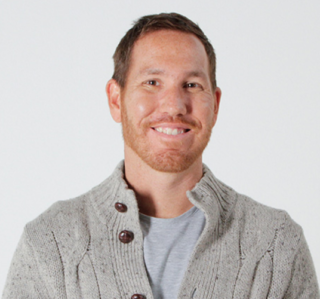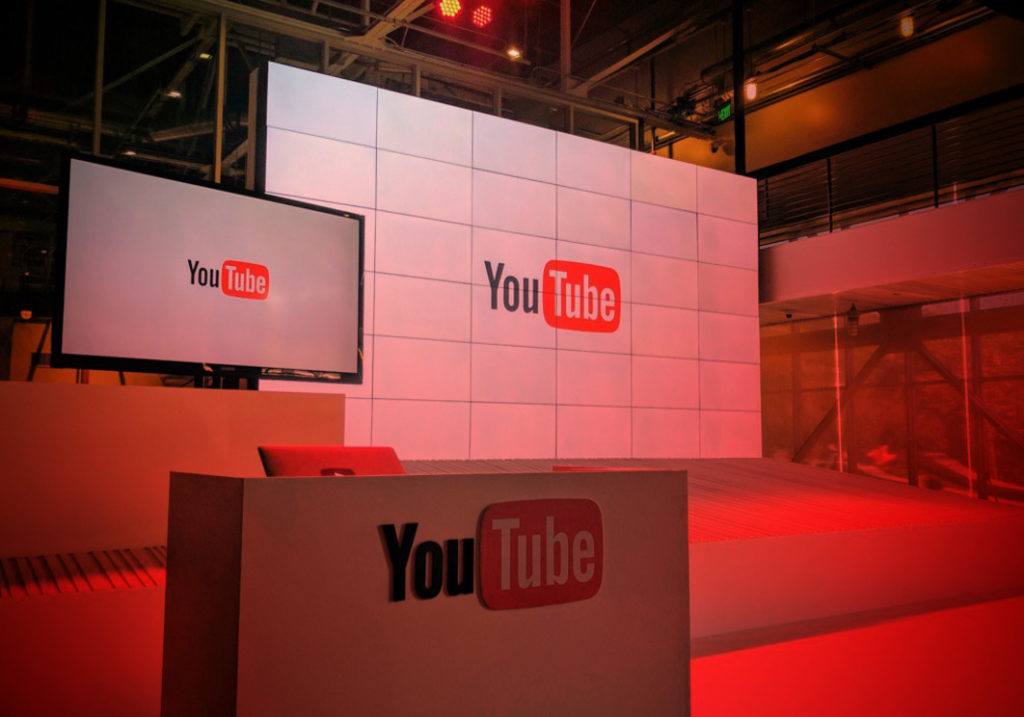(Editor’s note: AListDaily is the publishing arm of the Ayzenberg Group.)
It was a big deal for me on Friday when Google unveiled live programming for their YouTube TV service. As a consumer, I felt like I could finally let go of the low-level anxiety that I made a significant compromise when I “cut the cord.” I mean, I can’t count the times I’ve had to take a defensive position when someone asked: “but how do you watch the Super Bowl or the Oscars?”
 As a media strategist, the earth shook. For years, digital and broadcast media strategists have tried to get a grasp of emerging OTT and connected TV technologies. We’ve assumed a valiant test-and-learn attitude as we’ve encountered issues with scale, nascent technology, data limitations, walled gardens and brand safety. Now, YouTube TV appears to provide the most coherent platform for applying consumer data to target audiences in a TV-like or actual TV environment.
As a media strategist, the earth shook. For years, digital and broadcast media strategists have tried to get a grasp of emerging OTT and connected TV technologies. We’ve assumed a valiant test-and-learn attitude as we’ve encountered issues with scale, nascent technology, data limitations, walled gardens and brand safety. Now, YouTube TV appears to provide the most coherent platform for applying consumer data to target audiences in a TV-like or actual TV environment.
I called my YouTube representative and asked if we would be able to buy YouTube TV live content through TrueView. He wasn’t sure yet, but he confirmed that the YouTube TV ad-supported platform can apply Google’s consumer data to targeting.
YouTube recently suffered from a very public and very necessary industry reaction to issues with brand safety. Along with many advertisers, we are closely watching the roll-out of the new Brand Care features to inform how we move forward with the platform as a whole.
Another development that mutes my enthusiasm for all things YouTube is that the platform is becoming more of a walled garden with limited visibility into the data segments and recently eliminating support for third-party tracking pixels. Still, if even a portion of YouTube’s 180.1 million US audience takes advantage of the very attractive $35 per month offer, the landscape for digital and broadcast advertising will be changed permanently.
While this is good news for me as a consumer and a media strategist, I feel that I have to take a moment to recognize that entire industries that will have the wind knocked out of them by the announcement of this new service.
Broadcast Television
Broadcast ad budgets that support a huge infrastructure of local affiliates are under threat because they now have a mass reach alternative in YouTube TV’s data-driven, TV-like platform.
Other Ad-Supported OTTs
It’s unlikely that OTT competitors will go for long without a live TV licensing deal now that networks have opened the door to them and until they do, they are dead in the water. Hulu has already announced that they are working on a live TV service, and some expect the new service to be announced at the Newfronts.
Connected TV
It will be interesting to see the fate of Video DSPs, like YuMe, that have been pushing hard to develop the technologies and relationships necessary to make connected TV advertising more addressable. A better YouTube offering may actually bring more people to the connected TV ecosystem, and at the same time, it may take the lion’s share of the available ad dollars.
Netflix And Amazon Prime
They’ll be fine.
As enthusiastic as I am about this development, there are still some basic concerns that I have about the platform as an advertiser: YouTube is still a walled garden, and without the ability to transfer data or reach audiences outside their platform, the application still has limits.
And, as a consumer, I’m not excited that I may have to watch commercials for content that I’ve DVRed.
Benjamin Tiernan is VP of media at Ayzenberg Group.

